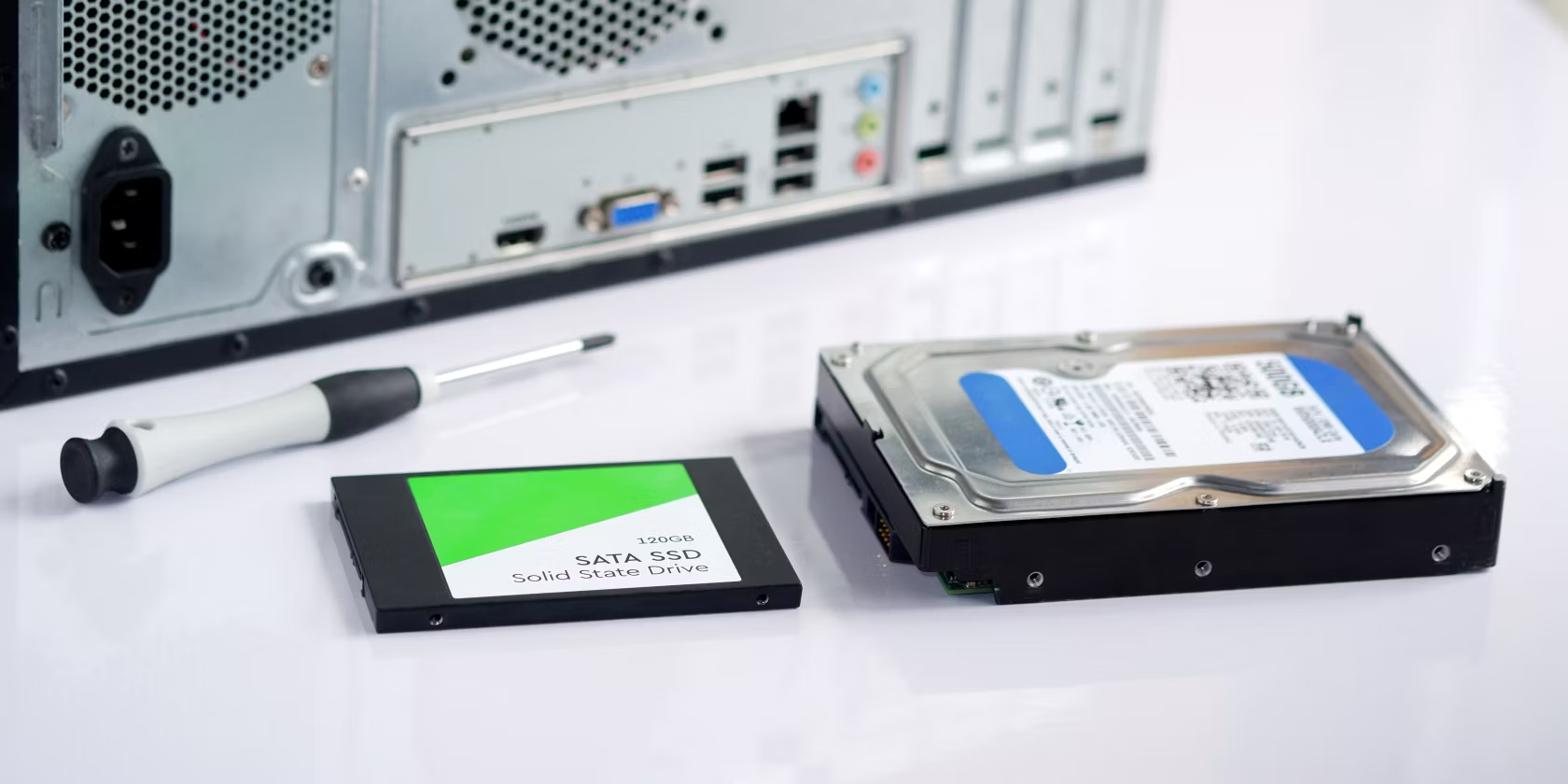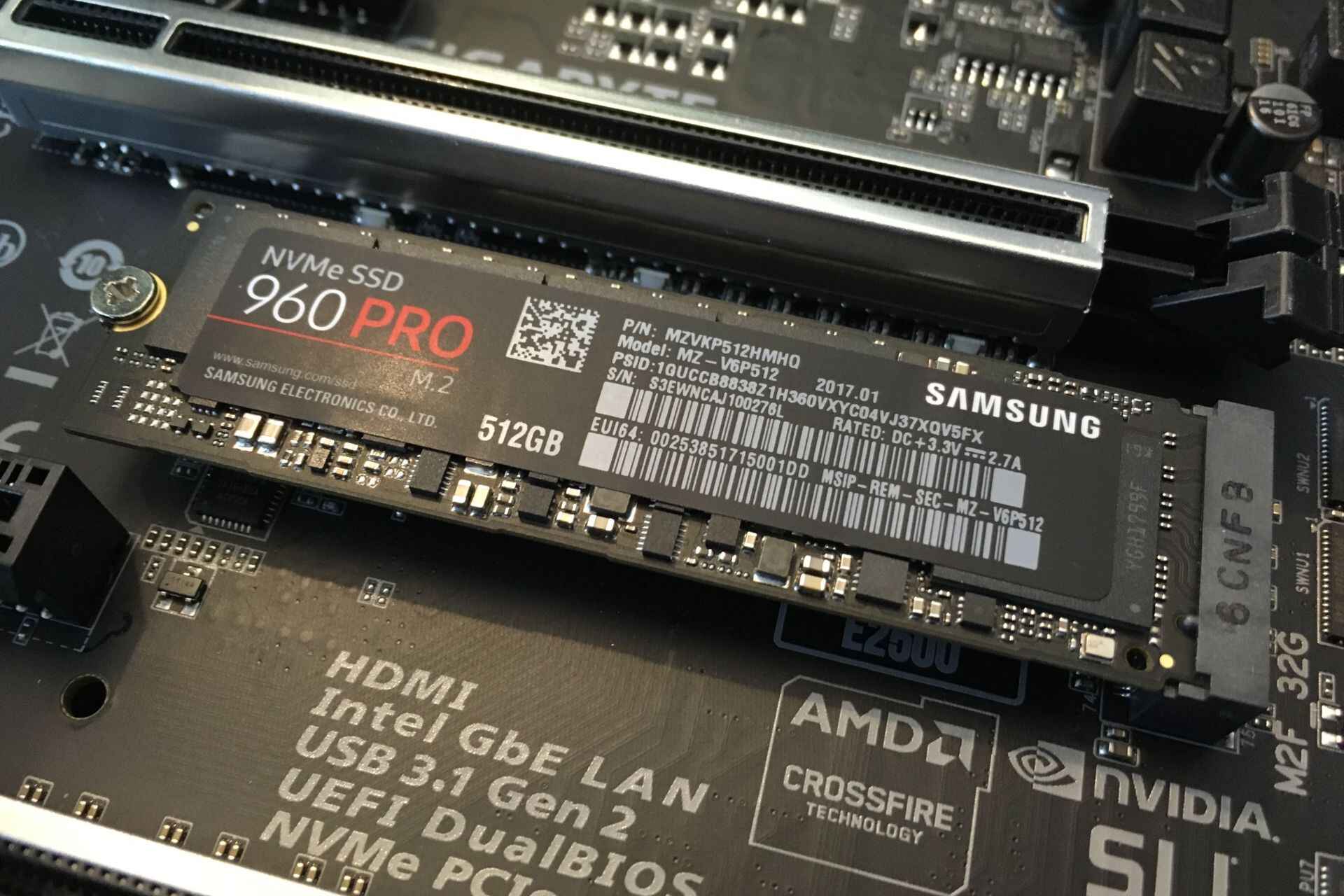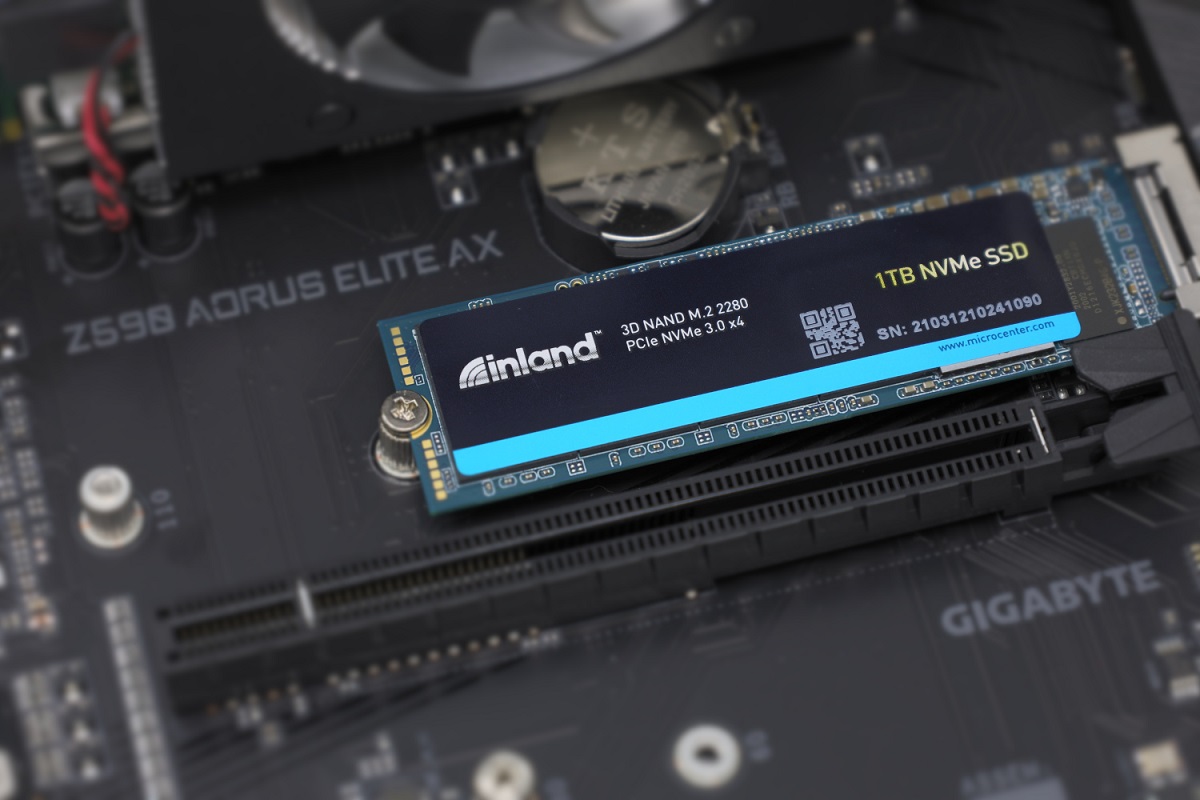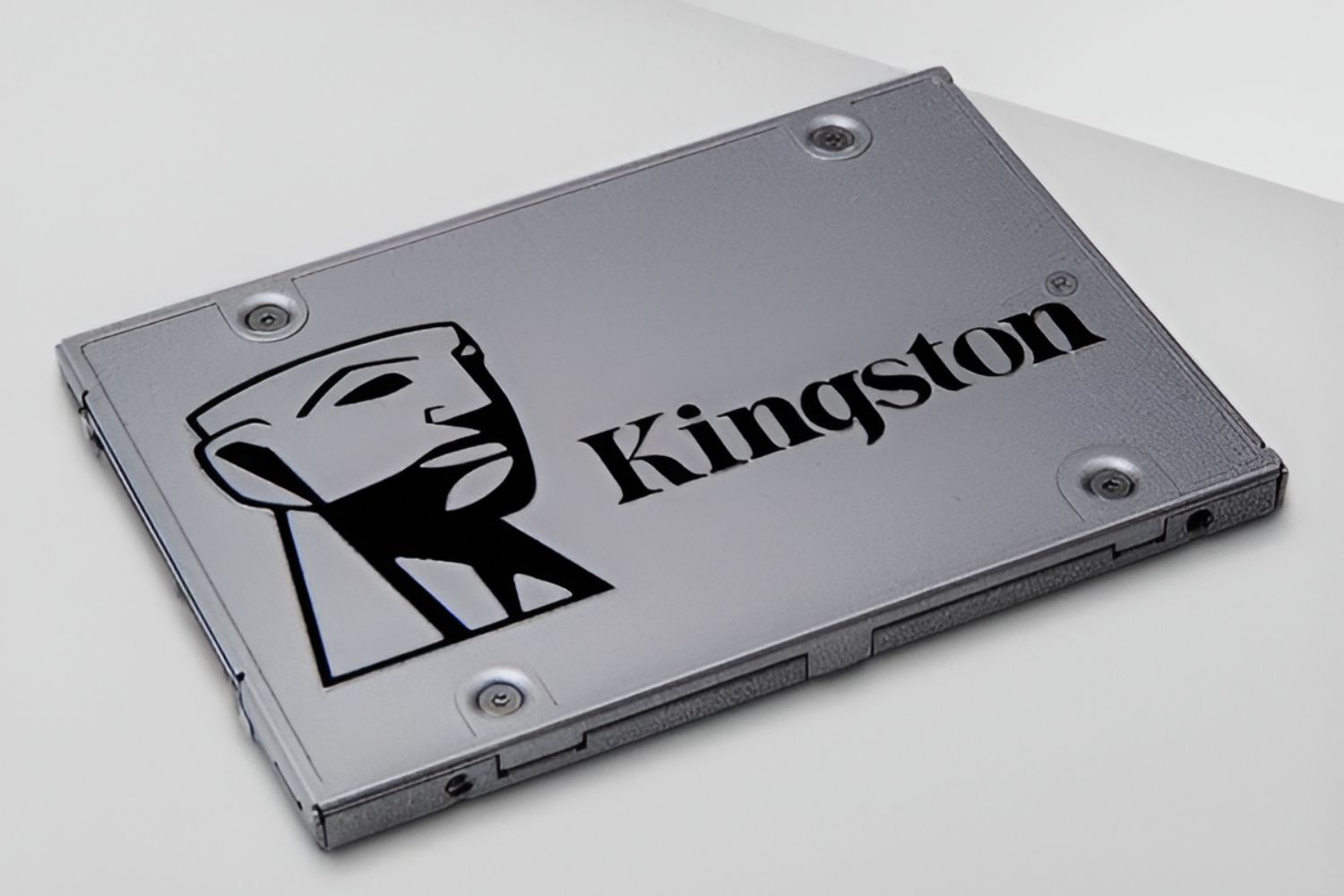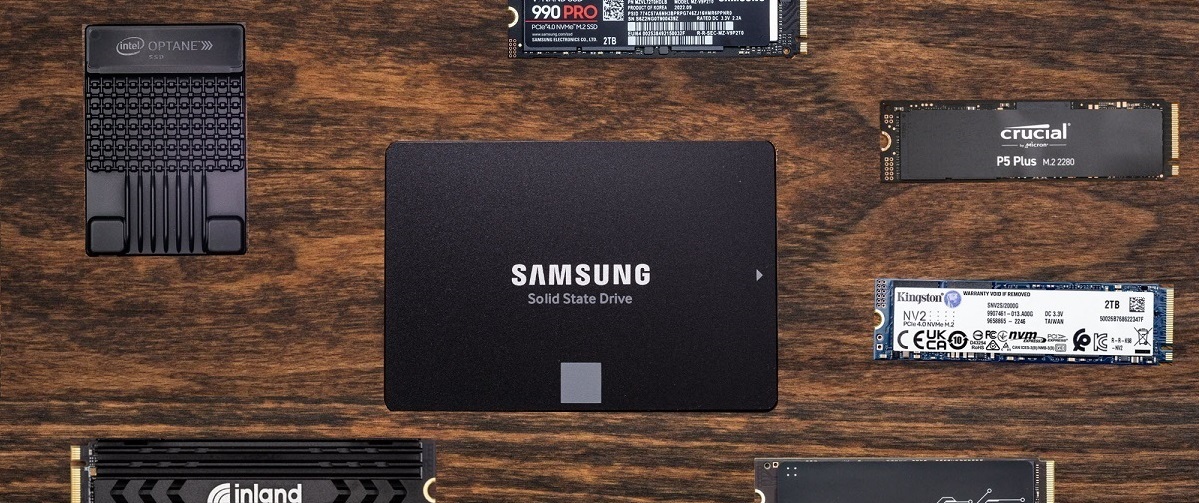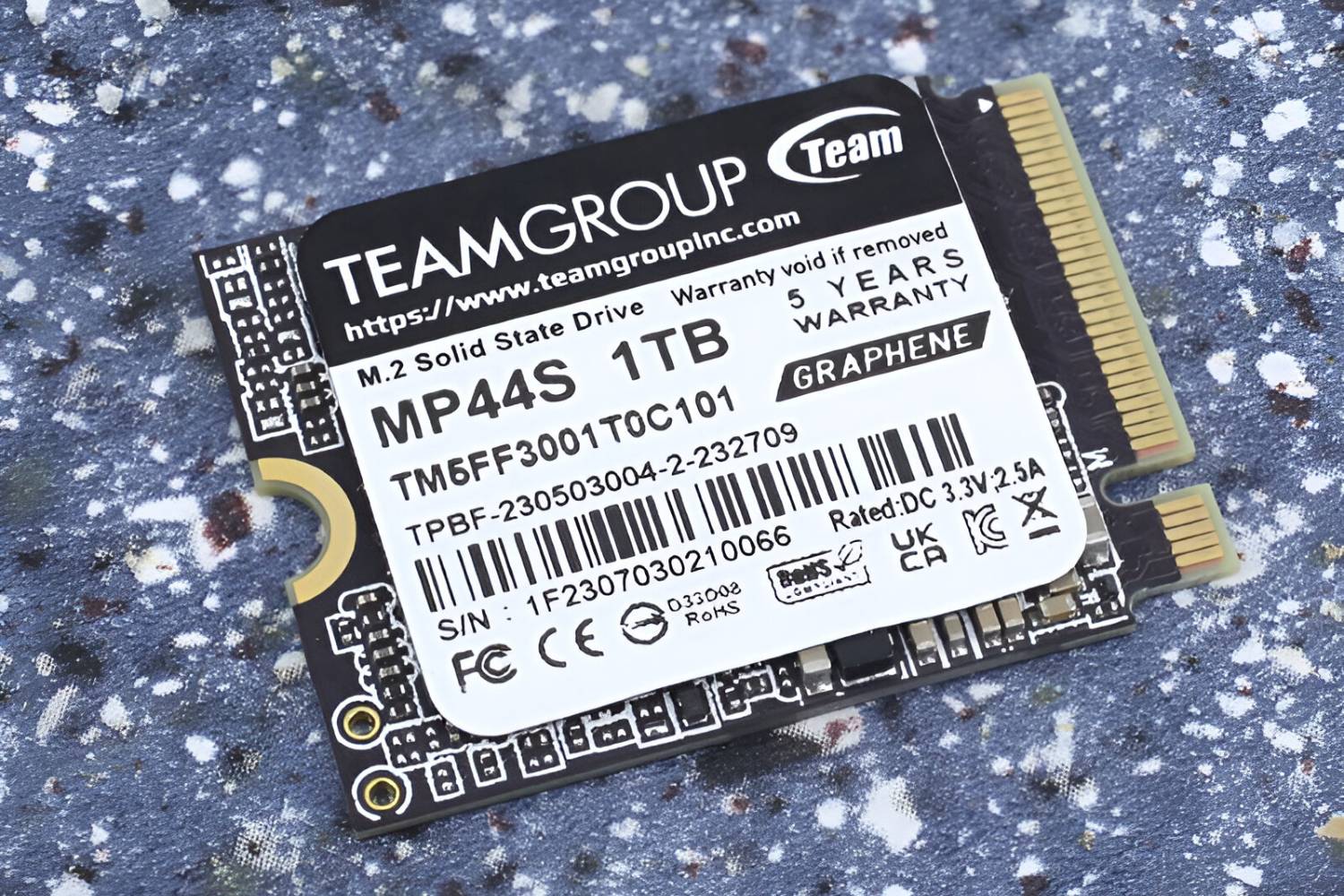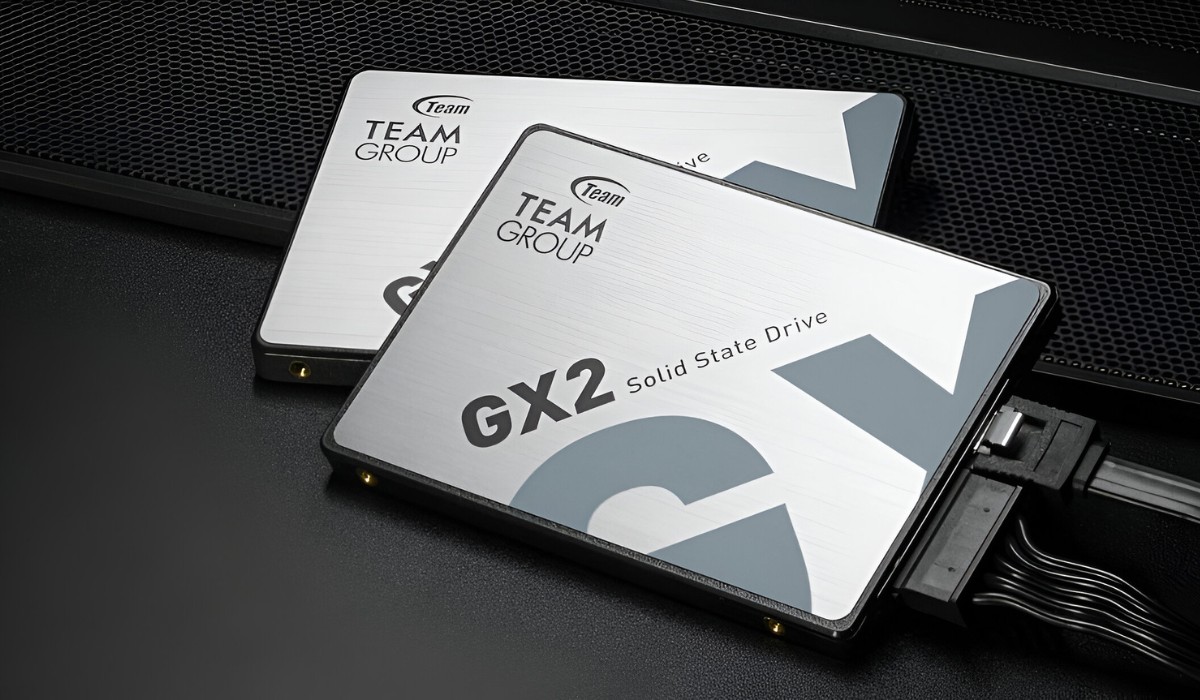Introduction
When purchasing a solid state drive (SSD), one of the important considerations is the warranty period. The warranty serves as a guarantee from the manufacturer, offering assurance that the SSD will function as intended for a certain duration of time. But how long is the warranty for a solid state drive?
The warranty period for SSDs can vary depending on various factors, including the manufacturer, model, and price. It’s essential to understand the warranty terms and limitations before making a purchase to ensure you’re getting the right coverage for your investment.
In this article, we’ll delve into the standard warranty period for SSDs, factors that affect the duration of the warranty, different types of warranties available, common limitations and exclusions, and how to take full advantage of the warranty provided.
Whether you’re a tech enthusiast looking to upgrade your laptop’s storage or a business owner considering SSDs for your servers, understanding the warranty terms is crucial to make an informed decision. So, let’s dive in and explore the world of SSD warranties!
The Standard Warranty Period
The standard warranty period for solid state drives (SSDs) typically ranges from three to five years. This means that during this period, the manufacturer will provide free repairs or replacement for any defects or failures that occur under normal use.
However, it’s important to note that the warranty period can vary from one SSD manufacturer to another. Some manufacturers may offer shorter warranties of one or two years for entry-level or budget-friendly SSDs, while high-end or enterprise-grade SSDs may come with longer warranty periods of up to ten years.
When selecting an SSD, it’s worthwhile to consider the warranty duration as an indicator of the manufacturer’s confidence in the product’s quality and reliability. A longer warranty period signifies that the manufacturer believes their SSD is built to last and can withstand the demands of continuous use.
It’s also worth mentioning that the warranty period typically starts from the date of purchase or the date of manufacturing. Therefore, it’s essential to keep the proof of purchase, such as the sales receipt or invoice, as it may be required to avail of the warranty service if needed.
While a three to five-year warranty period is the standard, it’s important to check the specific warranty terms and conditions provided by the manufacturer for the SSD you are considering. Some SSDs may come with additional coverage, such as a guarantee for a certain amount of data written to the drive or a maximum number of drive full writes per day (DWPD), beyond which the warranty may be voided.
Understanding the standard warranty period for SSDs sets the foundation for making an informed decision when purchasing an SSD. In the next section, we’ll explore the factors that can influence the duration of the warranty for a solid state drive.
Factors that Affect the Warranty Period
The warranty period for a solid state drive (SSD) can be influenced by various factors. Understanding these factors can help you assess the warranty coverage and make an informed decision when purchasing an SSD. Let’s explore some of the key factors that can affect the warranty period of an SSD:
1. Manufacturer: Different SSD manufacturers have their own policies and standards for warranty coverage. Established and reputable manufacturers often provide longer warranty periods as a reflection of their confidence in the quality and durability of their products. It’s important to research and compare the warranty offerings of different manufacturers before making a purchase.
2. Model and Price: The warranty period can vary within the product lineup of a manufacturer based on the model and price range. Higher-end models or enterprise-grade SSDs tend to come with longer warranty periods compared to entry-level or budget-friendly SSDs. It’s essential to consider your specific requirements and budget when determining the appropriate SSD model and warranty duration.
3. Usage and Workload: The warranty coverage can be influenced by the intended usage and workload on the SSD. Some manufacturers specify different warranty durations for consumer SSDs intended for regular personal use and SSDs designed for heavy workloads in enterprise environments. SSDs with higher endurance ratings and designed for intensive workloads may come with extended warranty periods to accommodate these demanding usage scenarios.
4. Drive Capacity: The capacity of the SSD can also impact the warranty period. In general, SSDs with larger capacities tend to have longer warranty coverage. This is because higher-capacity SSDs often boast better performance, endurance, and reliability compared to their lower-capacity counterparts.
5. Local Regulations: Warranty periods can also be influenced by local regulations and consumer protection laws in different regions. Some countries may have specific regulations that mandate a minimum warranty period for electronic products like SSDs. It’s important to be aware of the local regulations to ensure you receive the appropriate warranty coverage.
By considering these factors, you can gain a better understanding of the warranty coverage provided for a solid state drive and make an informed decision that aligns with your needs and expectations. In the next section, we’ll delve into the different types of warranties available for SSDs.
Manufacturer Warranties
When purchasing a solid state drive (SSD), it’s important to pay attention to the warranty provided by the manufacturer. Manufacturer warranties offer coverage for defects or failures that occur within the specified warranty period, providing peace of mind and protection for your investment. Let’s take a closer look at the different aspects of manufacturer warranties:
1. Warranty Coverage: Manufacturer warranties typically cover defects in materials and workmanship. This means that if your SSD fails due to a manufacturing defect or faulty components, the manufacturer will repair or replace the drive free of charge during the warranty period. However, it’s essential to carefully review the warranty terms to understand the specific coverage and any limitations or exclusions.
2. Warranty Period: As mentioned earlier, the warranty period for SSDs can vary depending on the manufacturer and model. It’s common to find SSD warranties ranging from three to five years, but some manufacturers offer longer warranties for certain models or enterprise-grade SSDs. Be sure to check the warranty period and consider your needs and usage requirements when selecting an SSD.
3. RMA Process: The return merchandise authorization (RMA) process is an important aspect of manufacturer warranties. In case you encounter an issue with your SSD within the warranty period, you’ll need to contact the manufacturer for an RMA to initiate the repair or replacement process. Understanding the RMA process, including the required documentation or steps, can help streamline the warranty claim process.
4. Support and Service: Manufacturer warranties also provide access to technical support and customer service. If you experience any issues with your SSD, you can seek assistance from the manufacturer’s support team. They can offer troubleshooting guidance or provide further instructions on initiating a warranty claim.
5. Voiding the Warranty: It’s important to be aware of actions or conditions that can void the warranty coverage. Manufacturers may have specific guidelines and limitations that, if violated, can nullify the warranty. Some common examples include opening the drive casing, removing or modifying warranty stickers, or using the SSD in a manner not specified in the manufacturer’s guidelines. Familiarize yourself with the warranty terms to avoid unintentionally voiding the warranty.
Understanding the details of manufacturer warranties is crucial when purchasing an SSD. By considering the warranty coverage, period, RMA process, support, and any limitations, you can make an informed decision and have confidence in the reliability and support provided by the manufacturer. In the next section, we’ll explore extended warranties for SSDs.
Extended Warranties
While solid state drives (SSDs) typically come with standard manufacturer warranties, some individuals may opt for extended warranties to enhance their coverage and extend the protection period. Extended warranties offer additional peace of mind by providing extended support beyond the standard warranty period. Here are some key points to consider regarding extended warranties for SSDs:
1. Extended Warranty Providers: Extended warranties are often offered by third-party companies, separate from the original SSD manufacturer. These providers specialize in warranty services and offer extended coverage options for a wide range of electronic devices, including SSDs. It’s important to research and select a reputable extended warranty provider to ensure you receive reliable and effective coverage.
2. Coverage and Duration: Extended warranties typically provide coverage for defects, malfunctions, or failures that occur after the expiration of the manufacturer’s standard warranty period. The duration of extended warranties can vary, ranging from one to several years, depending on the provider and the terms of the extension. These extended warranties can effectively prolong the overall coverage period for your SSD.
3. Additional Benefits: Apart from extended coverage, some extended warranty offerings may include additional benefits. These benefits can vary depending on the provider and the specific warranty package. Examples of additional benefits may include accidental damage protection, data recovery services, or priority customer support. It’s important to review the terms and benefits of the extended warranty to assess its value and suitability for your needs.
4. Cost and Value: Extended warranties do come at an additional cost beyond the initial purchase price of the SSD. When considering an extended warranty, it’s essential to assess the cost versus the value it provides. Consider factors such as the price of the warranty, the likelihood of needing repairs or replacements, and the potential cost savings compared to out-of-pocket expenses for repairs or replacements without the extended warranty.
5. Transferability and Cancellation: Extended warranties may have additional terms regarding transferability and cancellation. Some warranties can be transferred to another person if you sell or gift the SSD, providing added value for future owners. It’s also prudent to understand the cancellation policy in case you no longer wish to continue the extended warranty coverage.
Extended warranties can provide peace of mind and added protection for your SSD investment. However, it’s important to carefully review the terms, benefits, and cost of the extended warranty to determine its value and suitability for your specific situation. In the next section, we’ll explore some common limitations and exclusions that may apply to SSD warranties.
Common Warranty Limitations and Exclusions
While warranties for solid state drives (SSDs) provide valuable protection, it’s essential to be aware of the common limitations and exclusions that may apply. These limitations can affect the scope of coverage for your SSD, so let’s delve into some of the common warranty limitations and exclusions:
1. User Mishandling: Warranties often do not cover damages or failures caused by user mishandling or improper usage. This includes physical damages, such as dropping the SSD or exposing it to extreme temperatures. It’s important to handle your SSD with care and follow the guidelines provided by the manufacturer to avoid voiding the warranty.
2. Third-Party Modifications: If you modify your SSD or use third-party accessories or components that are not approved by the manufacturer, the warranty may be invalidated. This includes replacing components, firmware modifications, or using incompatible software. Stick to using approved and authorized components to maintain warranty coverage.
3. Normal Wear and Tear: Warranties typically do not cover normal wear and tear of the SSD due to regular usage. Over time, SSDs may experience performance degradation or a decrease in the total bytes written (TBW) as they approach their maximum lifespan. These are expected factors and not considered defects covered under warranty.
4. Data Loss: Most warranties do not cover data loss or data recovery services. It’s crucial to regularly back up your important data to an external source to mitigate the risk of permanent data loss in case of SSD failure. Data recovery services, if required, often involve separate fees and are not included in the warranty coverage.
5. Unauthorized Repairs: If you attempt to repair or modify the SSD yourself or seek repairs from an unauthorized service provider, it can void the warranty. It’s recommended to always contact the manufacturer or authorized service centers for any repairs or replacements covered under warranty.
6. Acts of Nature: Many warranties do not cover damages caused by unforeseen events or acts of nature, such as floods, fires, or lightning strikes. These events are considered beyond the control of the manufacturer and are typically not included in the warranty coverage.
It’s crucial to thoroughly review the warranty terms and conditions provided by the manufacturer to fully understand the limitations and exclusions that may apply. Being aware of these factors can help you use and handle your SSD appropriately, ensuring that you maintain warranty coverage. In the next section, we’ll explore how to take full advantage of the warranty for your SSD.
Taking Advantage of the Warranty
When it comes to solid state drives (SSDs), the warranty serves as a crucial protection against defects and failures. To make the most out of your SSD warranty, it’s important to follow certain steps and guidelines. Here’s how you can take full advantage of the warranty for your SSD:
1. Read the Warranty: Take the time to carefully read and understand the warranty terms and conditions provided by the manufacturer. Familiarize yourself with the coverage period, any limitations or exclusions, and the process for submitting a warranty claim. This knowledge will help you navigate the warranty process smoothly when needed.
2. Keep Documentation: Preserve all the necessary documentation related to your SSD purchase and warranty, such as receipts, invoices, or warranty cards. These documents serve as proof of purchase and may be required to validate your warranty claim. Store them in a safe and easily accessible place.
3. Register the SSD: Some manufacturers require you to register your SSD to activate the warranty coverage. If registration is required, ensure you complete the process promptly after purchase. This step ensures that your warranty is valid and enables the manufacturer to track your SSD’s warranty status.
4. Handle the SSD with Care: Properly handle and maintain your SSD to prevent damage or premature failure. Follow the manufacturer’s guidelines for installation, usage, and storage conditions. Avoid exposing the SSD to extreme temperatures, impacts, or liquids. Mishandling the SSD can void the warranty, so treat it with care.
5. Contact Technical Support: If you encounter any issues with your SSD, such as performance problems or suspected defects, first contact the manufacturer’s technical support. They can provide troubleshooting assistance and guide you through potential solutions. In some cases, the issue may be resolved without the need for a warranty claim.
6. Initiate Warranty Claim: If the issue persists and falls within the warranty coverage, initiate a warranty claim with the manufacturer. Follow the designated process outlined in the warranty terms. This typically involves providing the necessary documentation and describing the problem encountered. Be prepared to ship the SSD to the manufacturer if requested.
7. Backup Important Data: Before sending your SSD for warranty repair or replacement, ensure that you have backed up any important data stored on the drive. SSD warranties do not cover data loss, and there is a possibility that your data might be erased during the repair or replacement process.
8. Track the Repair Process: Once your warranty claim is accepted by the manufacturer, keep track of the repair or replacement process. Maintain communication with the manufacturer or their authorized service center to stay updated on the progress and expected timeline for returning your SSD.
By following these steps, you can ensure a smooth warranty experience and maximize the benefits of the warranty coverage for your SSD. Remember, each manufacturer may have specific processes and requirements, so it’s essential to consult the warranty documentation provided by your SSD manufacturer.
Conclusion
When purchasing a solid state drive (SSD), understanding the warranty terms is crucial to protect your investment and ensure peace of mind. The warranty period, provided by the manufacturer, offers coverage for defects and failures that may occur within a specified time frame. By being aware of the standard warranty period, factors affecting the duration, and the different types of warranties available, you can make an informed decision when selecting an SSD.
Manufacturers typically offer warranties ranging from three to five years, with some models or enterprise-grade SSDs having longer coverage. Factors such as the manufacturer, model, price, usage, and capacity can influence the warranty duration. It’s important to pay attention to warranty coverage, terms, and any limitations or exclusions.
In addition to manufacturer warranties, extended warranties provide an option to enhance coverage beyond the standard period. These extensions are typically offered by third-party companies and come with additional benefits, such as extended repair or replacement periods or accidental damage protection. However, it’s crucial to carefully consider the cost and value of extended warranties before purchasing them.
Understanding common warranty limitations and exclusions ensures that you use and handle your SSD appropriately to maintain coverage. User mishandling, third-party modifications, normal wear and tear, data loss, unauthorized repairs, and acts of nature are some common factors not covered by warranties. Taking proper care and following manufacturer guidelines can help prevent voiding the warranty.
To take full advantage of the warranty, reading the warranty terms, keeping documentation, handling the SSD with care, contacting technical support, and initiating a warranty claim when needed are crucial steps. Backing up important data before sending the SSD for repair or replacement and tracking the repair process are also recommended practices.
In conclusion, SSD warranties provide valuable protection and peace of mind for your storage investment. By understanding the warranty terms, following proper handling procedures, and utilizing the warranty process effectively, you can ensure that your SSD is covered and enjoy a reliable and satisfactory user experience.







